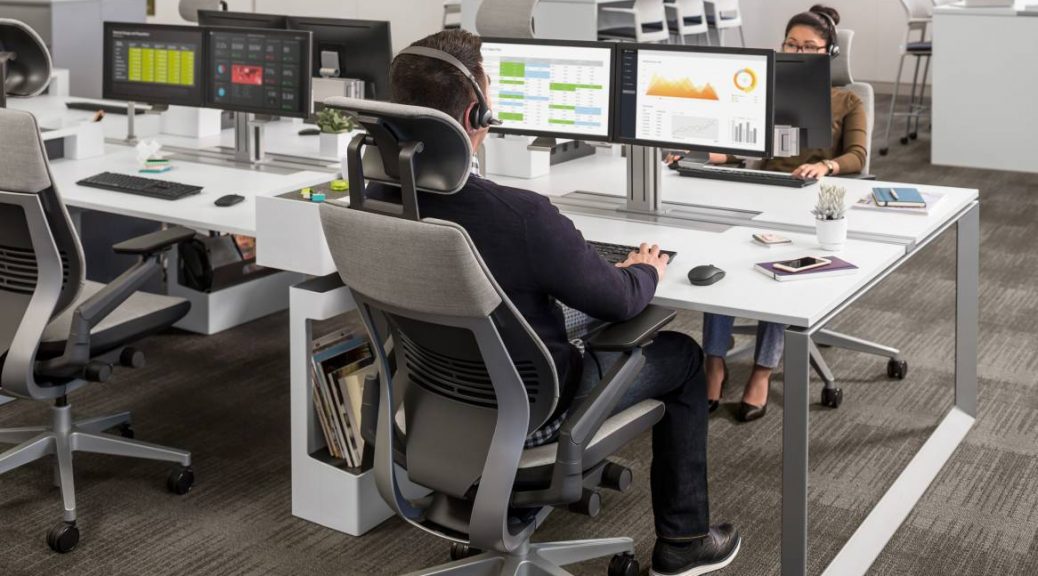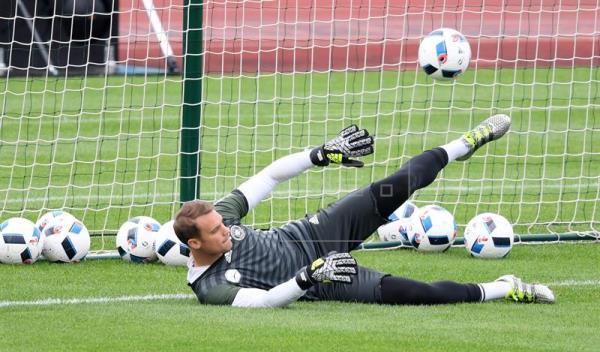
Avoiding Heat Buildup in the Server Room
Servers generate a lot of heat. In fact, without a cooling system in place, closed server rooms can exceed 90F in temperature, which can damage the servers’ sensitive components and reduce their expected lifespan, according to experts. Many server rooms, when examined, are found to be between 78F and 82F, which can have negative long-term impact.
Ideally, server rooms should be between 60F and 70F for best performance and outcomes. Some models may have a broader range of tolerable temperatures; however, this range is considered standard for many modern servers.
Maintaining this cool environment can be challenging, especially in buildings with poorly functioning cooling systems or those that lack appropriately zoned HVAC. Afterall, keeping an office at 60F would be uncomfortable for many workers and quite expensive during the summer.
Fans are not always enough in warmer climates and can be loud and disruptive. They can also promote the growth of mold and the spread of particulate and allergens, creating an environment that is unhealthy for servers and humans alike.
A more practical solution is using a portable air conditioning unit to cool the server room. This maintains the necessary temperatures in a targeted, cost-effective way without impacting the environment outside the room. Spot cooling in this way can also help prevent mold, which can grow easily in a warm environment.
Maintaining proper temperatures in the server room is an important part of managing technology, but too frequently neglected. It is important to find a cooling solution that works for your server room and to have a back-up plan in case of failure.

